Going paddling involves dealing with risk, and undoubtedly paddling on your own increases the level of many of those risks. Solo paddling though, I think, has an undeservedly negative reputation.
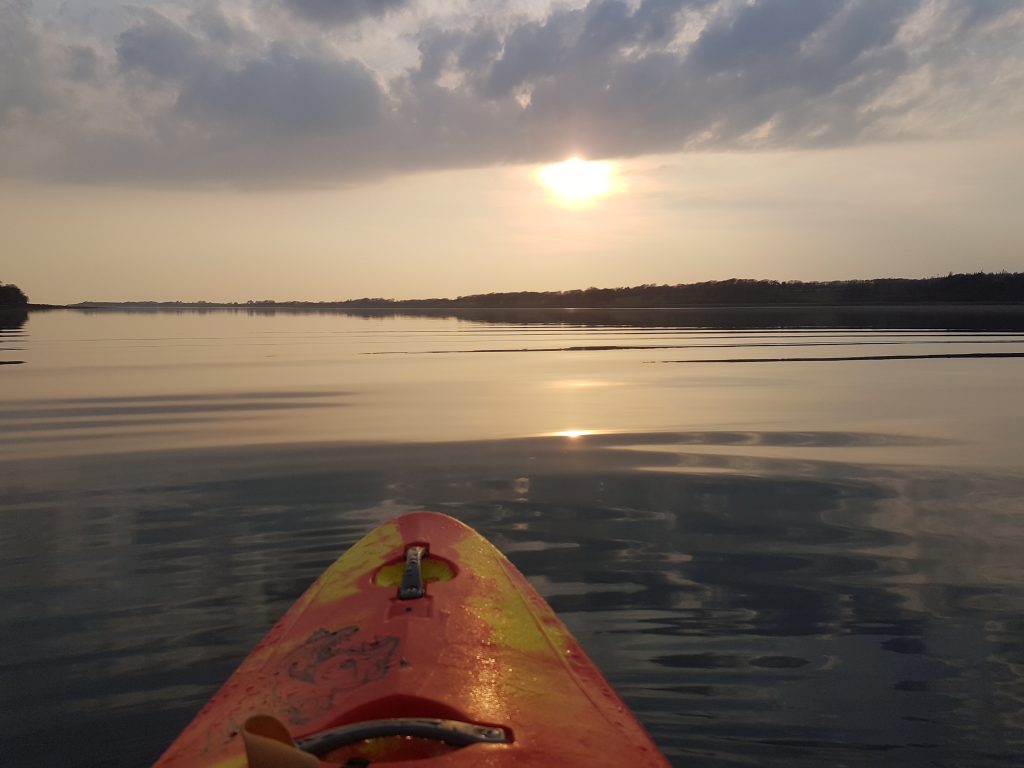
For a start, there can be many benefits to going for a paddle by yourself. Paddling on your own gives you a very different experience to paddling with a group. You can take the trip at your own pace, you’re not worrying about what other people are thinking about you or comparing your paddling to theirs. This means you can forget about yourself for a while and pay more attention to what’s going on around you. It can help you feel a closer connection to nature and often allows you to see more wildlife because there is less noise and commotion going on.
These benefits are of course potentially outweighed by the increase in risk of going solo. But I think it is important to remember that we all take risks every day, often quite high levels of risk, without giving them any thought. Driving your car to work or to the shops, for example, entails a very high level of risk, but we do it so often that we accept those risks without thinking about them. It is the frequency with which we engage in different activities, in my opinion, that affects our perception of risk.
It is also important to remember that solo paddling can take many forms and that if you think carefully about where you are going and what you are doing, you can reduce the risks involved to a level you consider acceptable.
As with any paddling, whether you are on your own or with a group, it’s all about managing the risks and making good decisions. So, if you’re thinking about going paddling on your own, here are seven helpful points to consider.
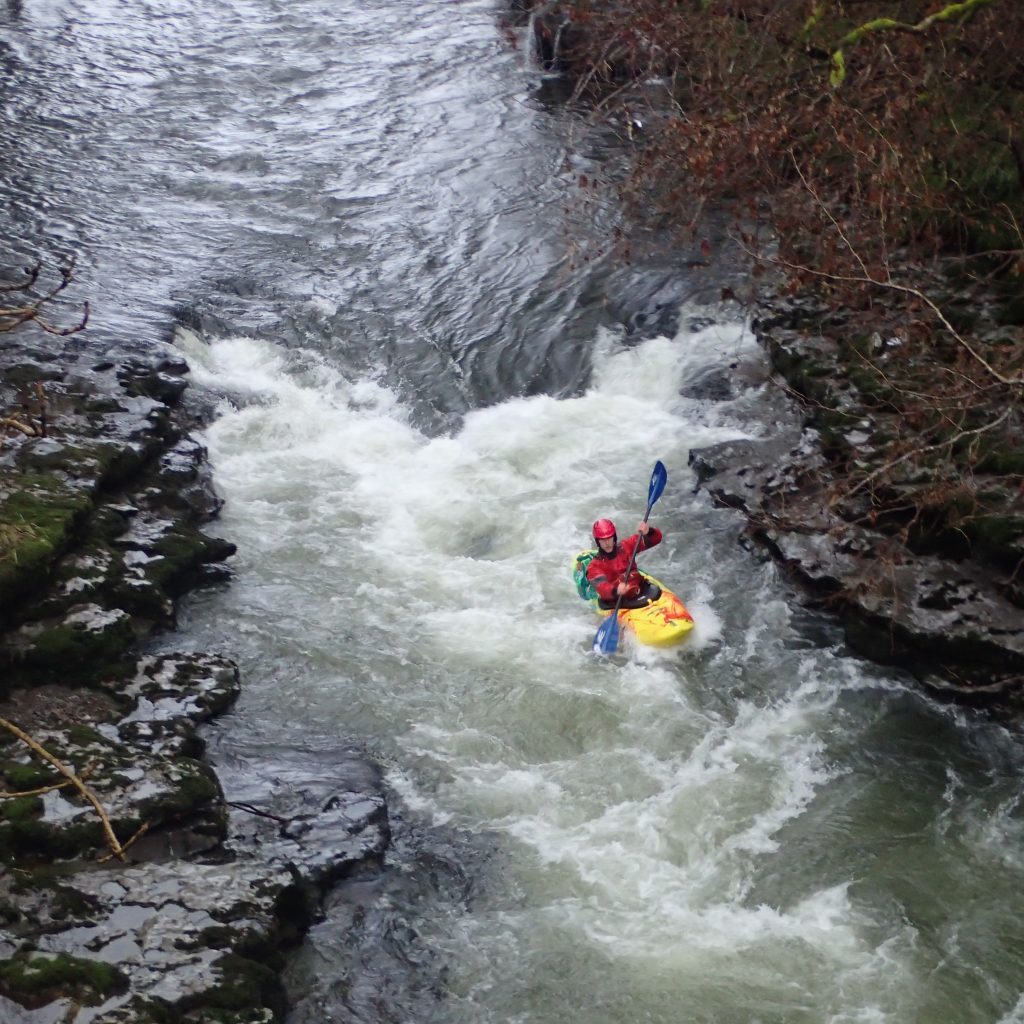
- Take it Easy – this is not the time for #fullsend
If you’re going for a solo paddle, it’s not the time to be pushing your boundaries, be that the grade of water you’re paddling, the environmental conditions you’re facing, or the craft you’re paddling. In my opinion, you don’t have to be an expert paddler to go solo paddling, but you do need to be a very competent paddler on the type of water you choose to go paddling on. Stay within your comfort zone so that you know you can take care of yourself and won’t need any help.


- Be Bombproof at Self-Rescue
You don’t have to have a bombproof roll to go solo paddling, but you do have to know that you can self-rescue when you need to. If you don’t have a solid roll (or you aren’t paddling a kayak), you either need to have a really solid deep water self-rescue or be a strong and confident swimmer and stay close enough to the bank or shore in order that you can get yourself and your equipment out on your own quickly. If you’re paddling solo along a canal, chances are you’re always going to be within about 2 meters of somewhere you can get out.
- Plan Ahead
Make a route plan, check the weather forecast, check the river levels or tides. Check the route on an OS map – check the access and egress, check the escape routes and emergency egress points. How far do you plan to paddle? Do you need a shuttle? If so, can you use a bike? Or can you paddle up a canal? Tell someone the plan, let them know when to expect you back and what to do if you don’t turn up.
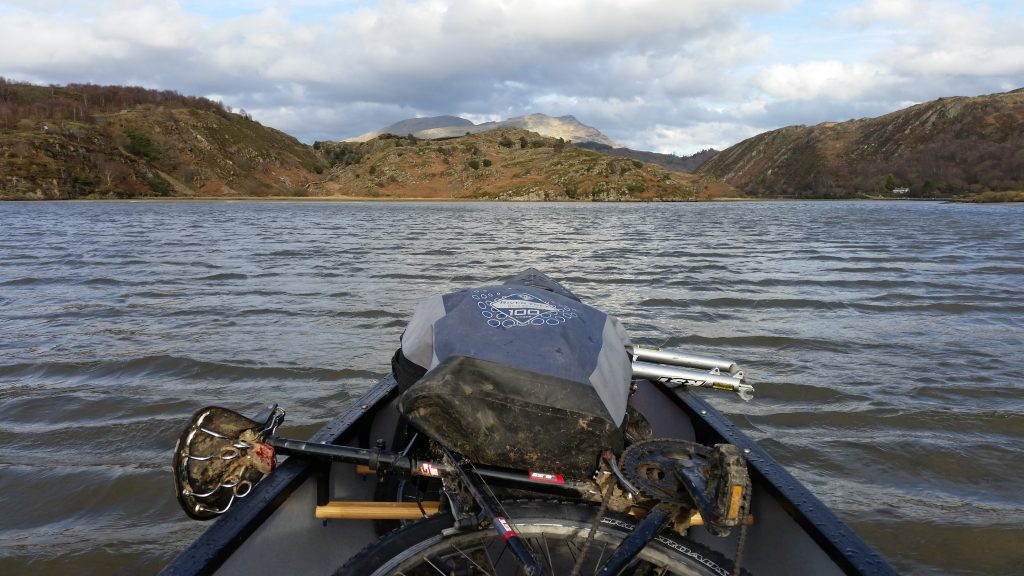
- Sh*t Happens – Be Prepared
As the saying goes, the best-laid plans of mice and men often go awry. If you’re going to be able to look after yourself if something goes wrong, you need to be dressed appropriately for the conditions, you need to be carrying appropriate kit for the journey, and your boat needs to be set up properly. For example, if you need airbags they should be secured and inflated, if you need swim lines they should be attached and ready to deploy, if you need a leash you should be wearing the right one for the environment. If you’re going for a long paddle, taking snacks and drinks would be sensible. If you’re going to be a long way from your car, perhaps take a group shelter or blizzard bag.
It’s always a good idea to know where you are and/or have a way of locating yourself, and to have a way of telling someone if it all goes horribly wrong. ALWAYS TAKE YOUR PHONE! (and/or VHF radio). Try and think through all possible eventualities and plan accordingly.
Please note – this is not meant to be a comprehensive list of what you should take with you on the water. If you’re not sure, ask advice from people you trust or respect. If you’ve no idea, it would be a really good idea to go on a course and learn what you need to know from an expert before you decide to try solo paddling.
- Know your Venue (remember point 1)
Whilst it is possible to take steps to safely manage the risks of solo paddling on a piece of water that is new to you, it is far easier to make the kind of judgement calls you need to make if you already know the route you plan to paddle. For instance, do the environmental conditions on-site reflect the forecast? Is the river higher than is ideal? Is the wind stronger than you expected? If you’re planning to go solo paddling, it is far better to be somewhere familiar rather than heading off into the unknown.
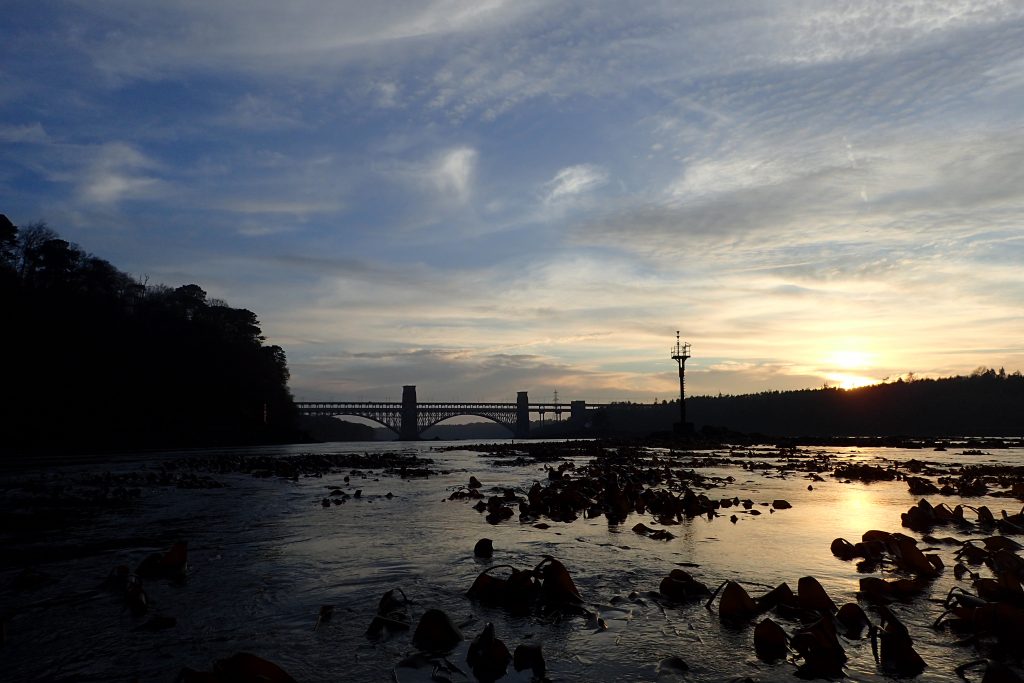
- Don’t get complacent
It’s easy to get caught out if you start thinking “it’s only the.…(insert river name here)” or “I’ve paddled this route hundreds of times”. Treat every time you paddle a section or route as if it’s the first time you’ve paddled it, and you won’t go far wrong. Equally, don’t take anyone else’s word for granted – especially if you consider them an expert or ‘better than you’. If your mate says they paddled it yesterday/this morning/an hour ago and “it’s fine”, store that as useful information, but still make your own decision based on how you feel/your own knowledge/experience/how you read the current conditions and any other factors you may need to consider.
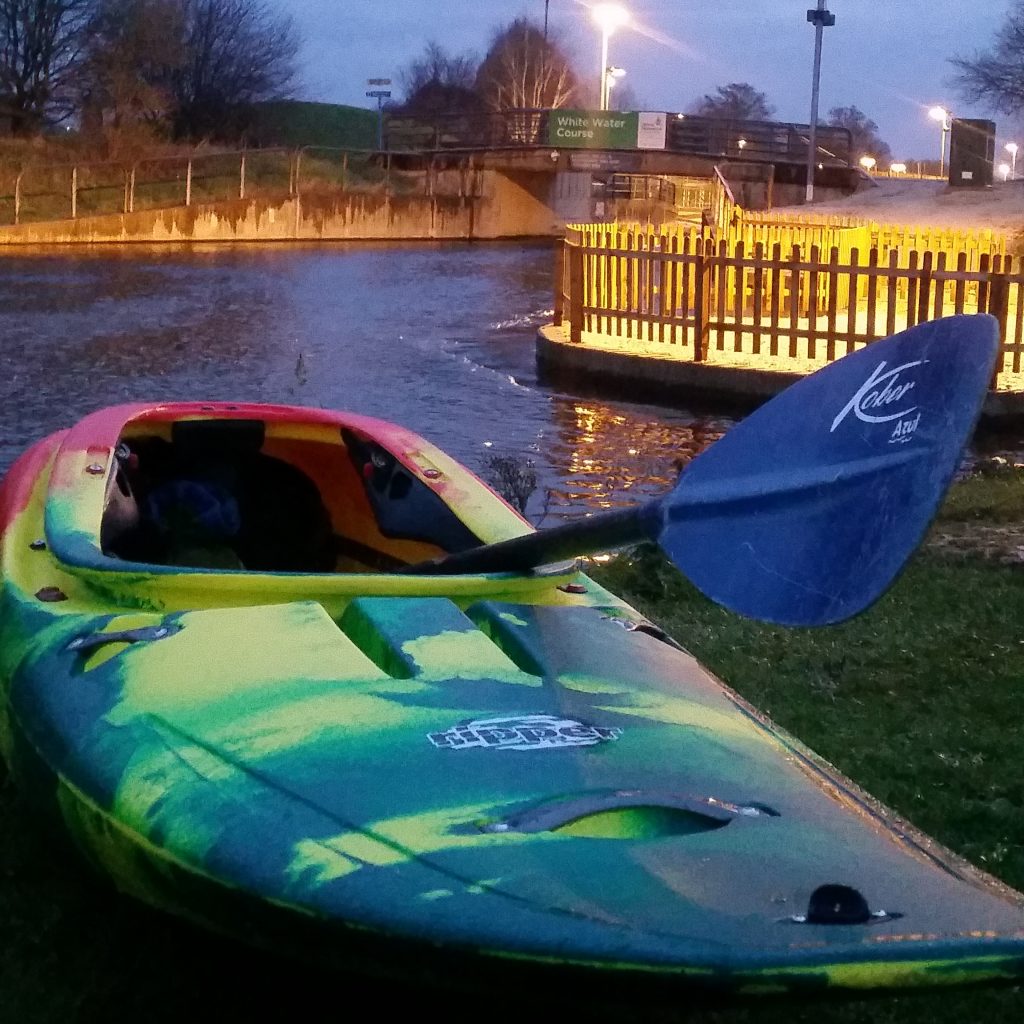
- Be like Kenny Rogers (Know when to walk away)
As I mentioned above, ultimately, safe paddling, be it solo or with a group, is all about making good decisions. Knowing when to stay at home, go somewhere different, walk away from the route you had planned to paddle or turn around and paddle back to where you started, is the key to keeping yourself safe.
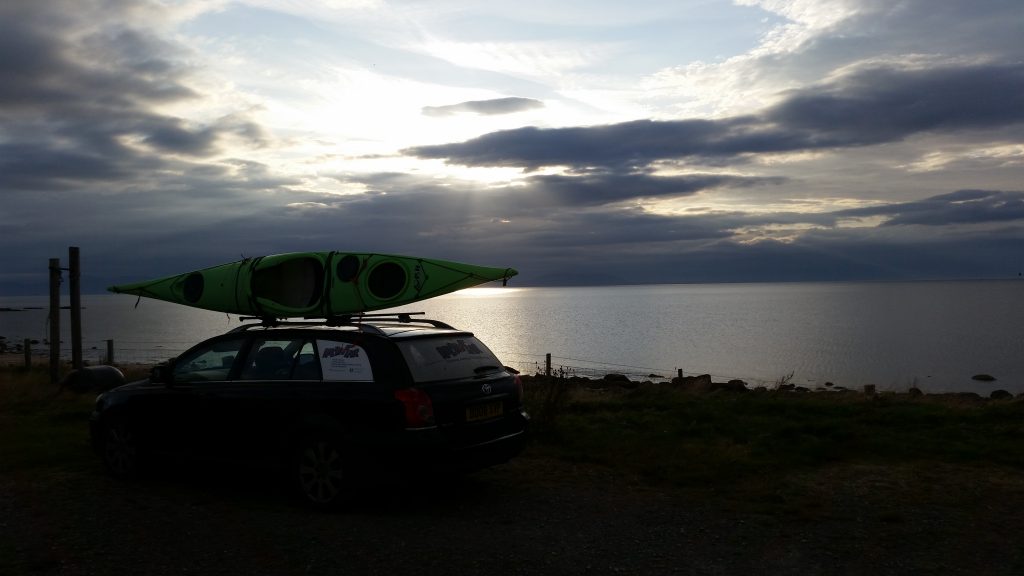
And because we’re currently dealing with a pandemic…
- Be Selfless – think Covid-19
Now more than ever is the time to be thinking as selflessly as possible. You may be supremely confident in your abilities and be absolutely sure that you won’t get into trouble and need rescuing, but accidents can still happen and now is not the time to be putting extra pressure on the emergency services, so be extra safe!
The Canoe Wales Guidance (as that’s where I live) states amongst other things, that we should stay local, avoid any location that would require a shuttle, stay well within your capabilities and avoid areas that you know will be busy. They do not recommend paddling on your own.
British Canoeing Guidance is similar but has a few differences – in particular they state that “Only competent and experienced paddlers should be on the water independently”.
The Canoe Association of Northern Ireland Guidance is again similar but with specific differences.
Scottish Canoe Association Guidance is to paddle locally, and well within your ability.
I think what we should also be thinking about though is, even if we are allowed to start paddling again, should we? Somebody seeing you go for a paddle may decide to copy you without knowing all of the factors you have weighed up and all of the plans you have made in order that you can go for a paddle safely. Now is not the time to be (however unintentionally) encouraging un-safe behaviour. Be considerate of other people’s views, be ready to educate – confrontation is rarely a good way to settle a difference of opinion – and be willing to change your plans if you’re causing too much distress. The river/lake/coastline will still be there when all this is over.
Stay safe everyone and happy paddling!
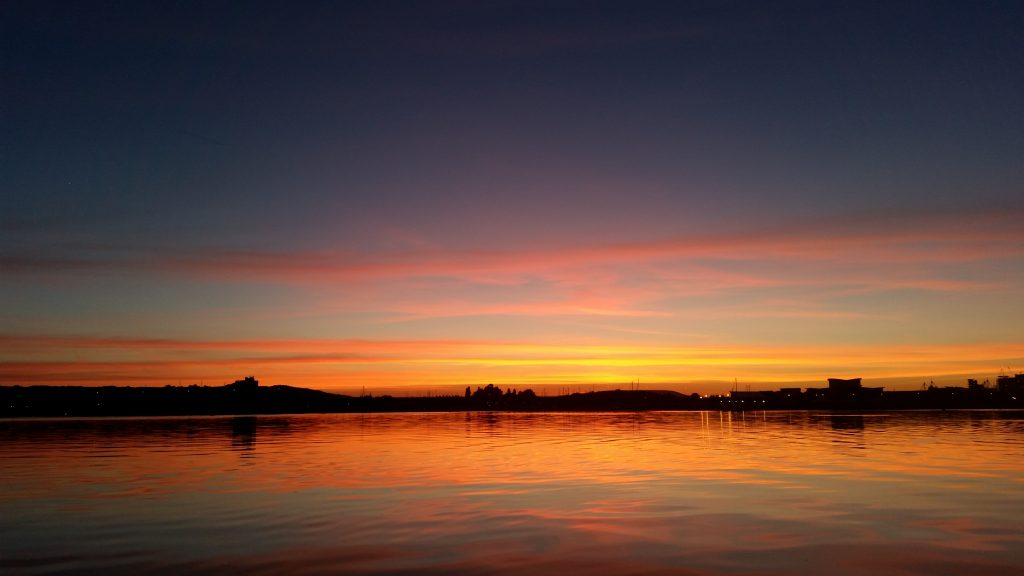
For the full length article on ‘Seven Ways to make Solo Paddling Safer’ visit River-Flair.com.



